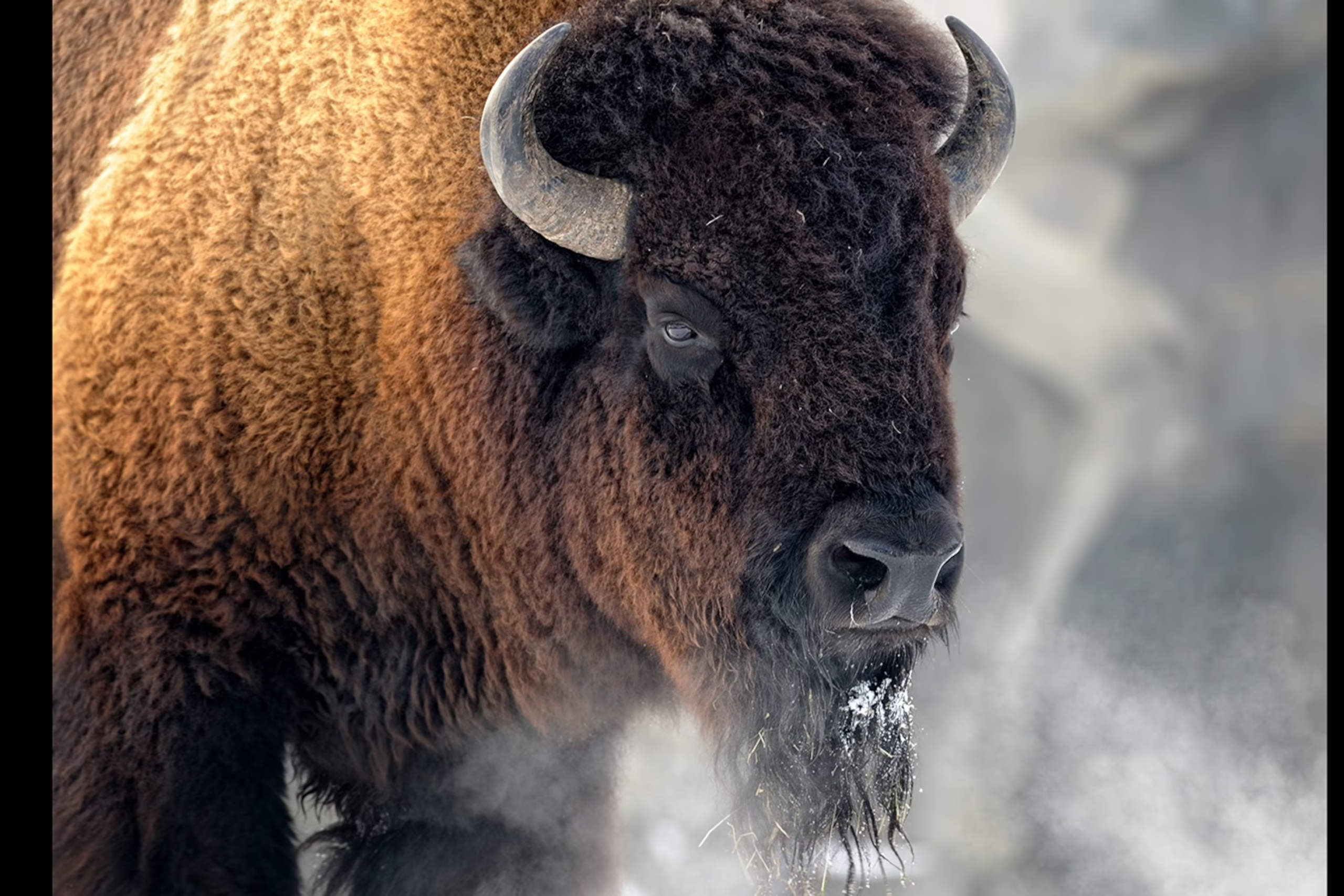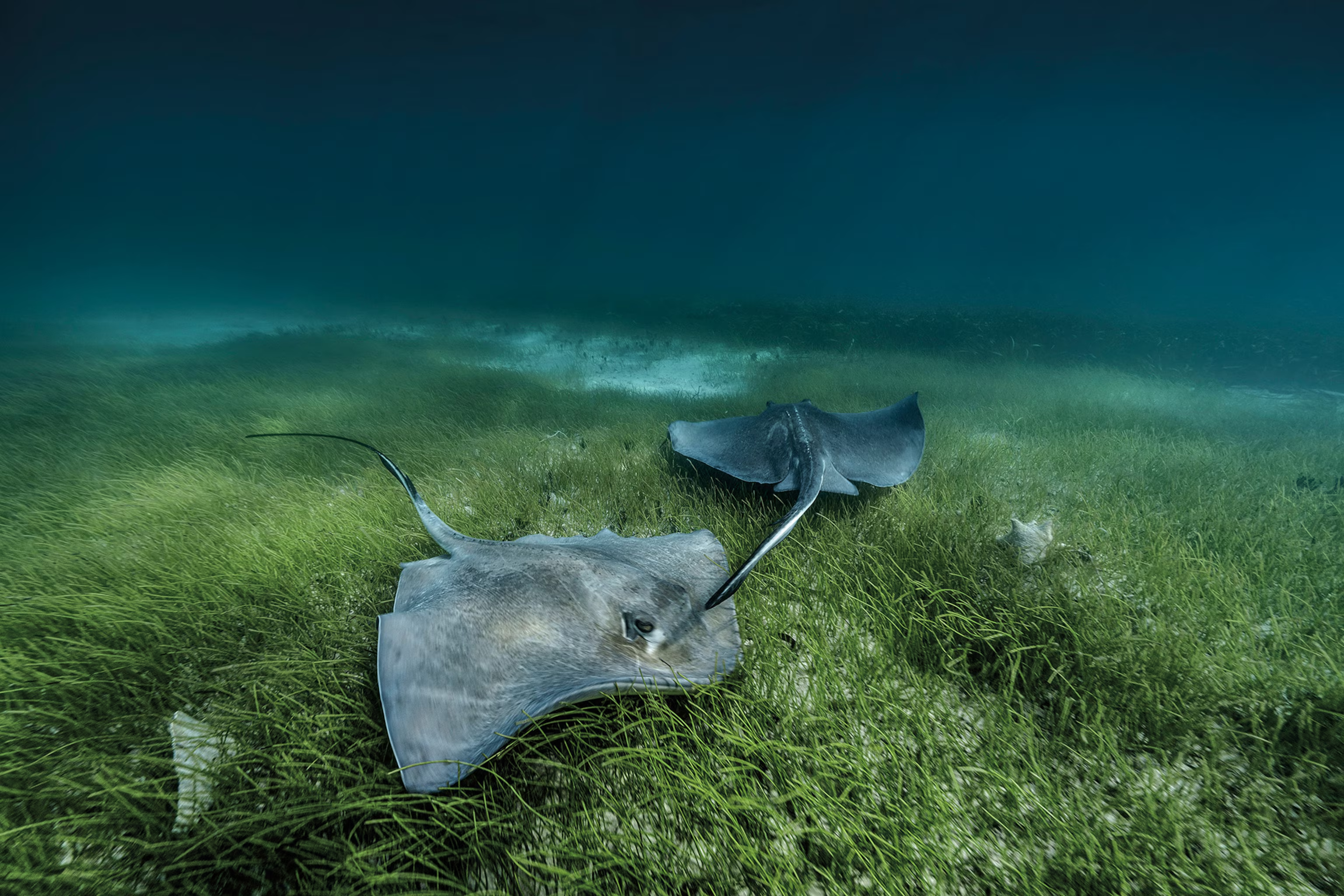
The Rainfall Engine of Our Planet
The northern Amazon is the world’s last contiguous stretch of intact rainforest, generating 20% of global rainfall and 70% of Latin America’s precipitation. These “flying rivers” — massive water vapor systems produced by the forest — sustain global food security, weather stability, and biodiversity. Their loss would carry catastrophic consequences for climate, economies, and societies.
In-country partner Gaia Amazonas, in collaboration with national governments and the Amazon Cooperation Treaty Organization (ACTO).
Blue Green Future is conducting valuations of the last flying river and ecosystem services of the forest, structuring investment vehicles, and supporting regional policy solutions to ensure the protection and restoration of this vital system. BGF works closely with Gaia Amazonas and governments to mobilize investment and align strategies with international frameworks.

Once numbering 60 million across North America, buffalo shaped entire ecosystems and cultures. Today, the Buffalo Nations Fund (BNF) is pioneering a replicable Indigenous-led model to restore buffalo to ancestral lands, unlock new classes of nature-backed credits, and generate long-term ecological and economic resilience.
Buffalo Nations Fund (Indigenous-led)
Blue Green Future supports the Fund’s tribal projects in quantifying ecosystem services and carbon yields, structuring sovereign carbon securities, and designing replicable investment frameworks that align with Indigenous sovereignty, global climate finance and the global biodiversity framework.

Turning the world's largest seagrass meadow into a global climate asset
The Bahamas is home to one of the largest seagrass meadows on Earth, a natural climate solution with immense potential for carbon sequestration, biodiversity protection, and coastal resilience. By restoring and safeguarding this vast ecosystem, the project contributes directly to climate mitigation, sustainable development, and resilient island economies.
Government of the Bahamas
Blue Green Future is working with local partners who map, restore, and protect seagrass ecosystems through cutting-edge science and community engagement. Building off the baselines established using verified carbon methodologies and state-of-the-art MRV technology, BGF projects the carbon yields, produces the valuation, and structures forward credits and offtakes for institutional investors.